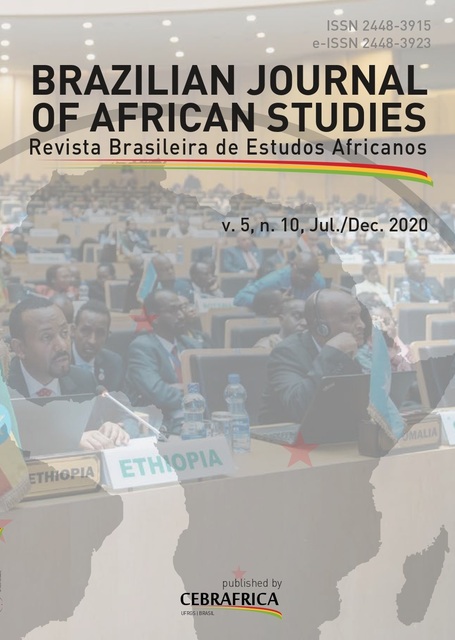POST-NIGERIAN CIVIL WAR COMMUNITY RECONSTRUCTION STRATEGIES IN (ANIOMA) WESTERN IGBOLAND, 1970-1991
DOI:
https://doi.org/10.22456/2448-3923.104799Keywords:
Western Igboland, Anioma, Community, Post-Civil War, Reconstruction Strategies.Abstract
The Nigerian Civil War caused a lot of devastation in Igboland as a whole and the most pressing needs of the people were food, clothing and shelter. To tackle these challenges, the Nigerian Government under General Gowon introduced the post-civil war reconstruction programme to reconstruct Igboland. The reconstruction of western Igboland, (Anioma) in the Midwest State was undertaken by the Midwest State Government under Col. Ogbemudia. The Federal and Midwest State governments' efforts in the rehabilitation and reconstruction of damaged social and economic infrastructure in Anioma were inadequate and this compelled the people to embark on individual and communal self-help interventions. This paper explores the veritable self-help strategies the people adopted and contends that the reconstruction programmes were half-hearted, and subtly packaged to marginalize and dominate the Western Igbo people in the economic and political affairs of the Midwest State and larger Nigeria. The overarching argument of the paper is that it was the valorised resilience of the people that was paramount in the reconstruction of their war-ravaged communities.Downloads
Download data is not yet available.
Downloads
Published
2021-02-26
How to Cite
Iweze, D. O., & Anyanwu, U. (2021). POST-NIGERIAN CIVIL WAR COMMUNITY RECONSTRUCTION STRATEGIES IN (ANIOMA) WESTERN IGBOLAND, 1970-1991. Brazilian Journal of African Studies, 5(10). https://doi.org/10.22456/2448-3923.104799
Issue
Section
Articles
License
The author will hold copyright over the published articles and retain publishing rights.

Brazilian Journal of African Studies is licensed under a Creative Commons Atribuição 4.0 Internacional.


